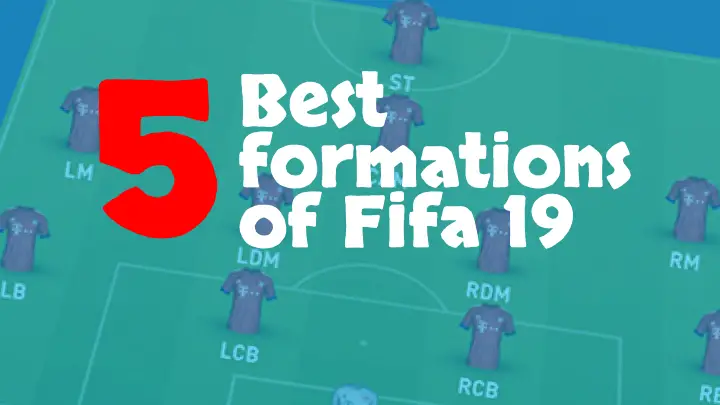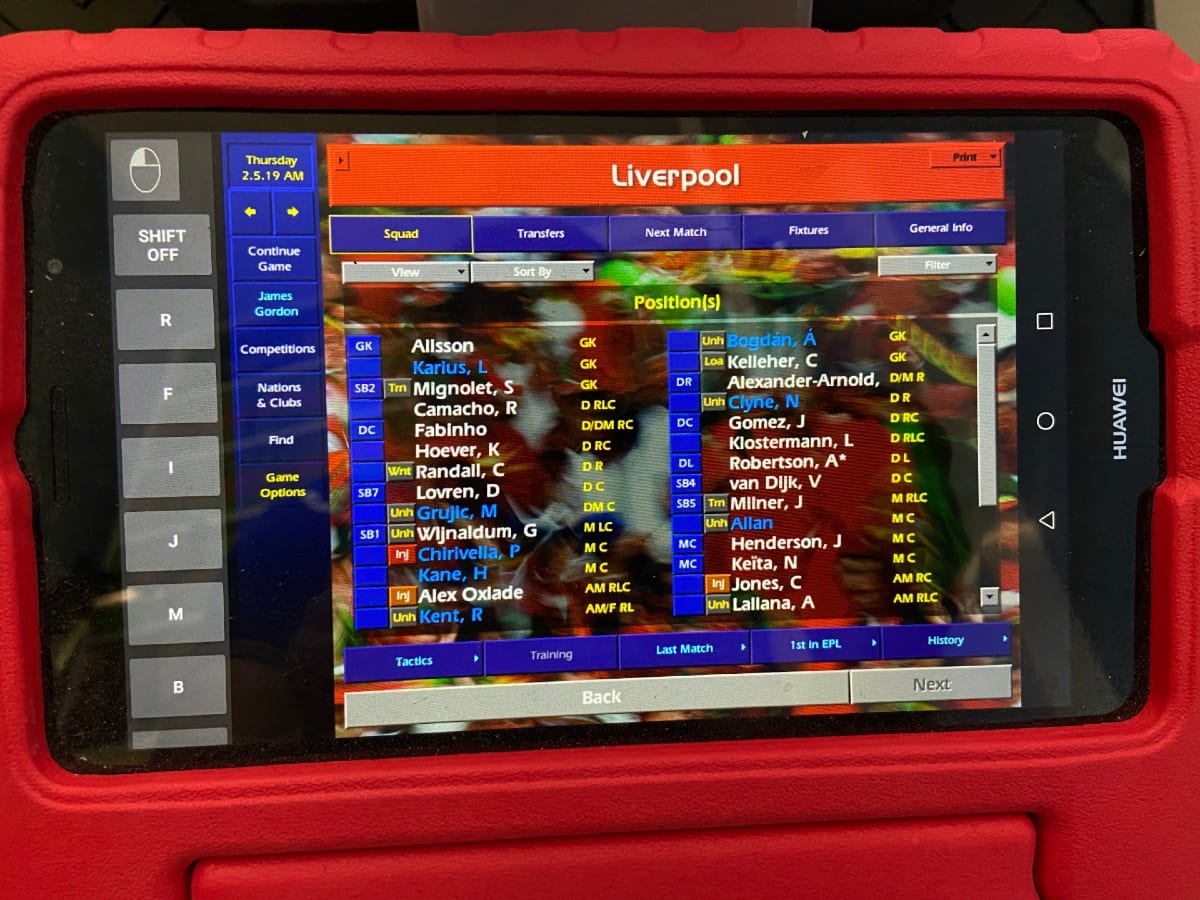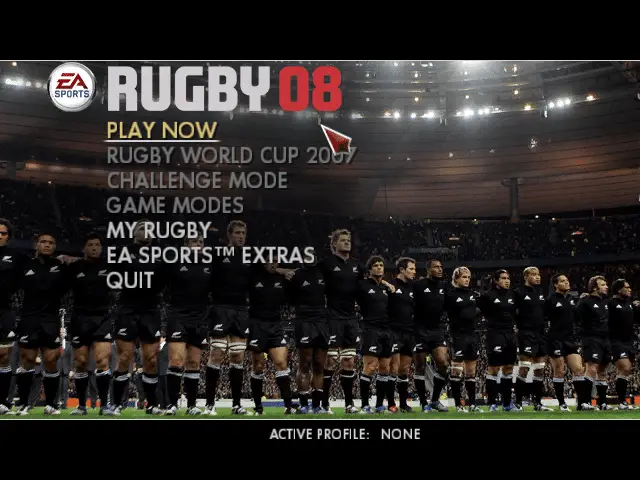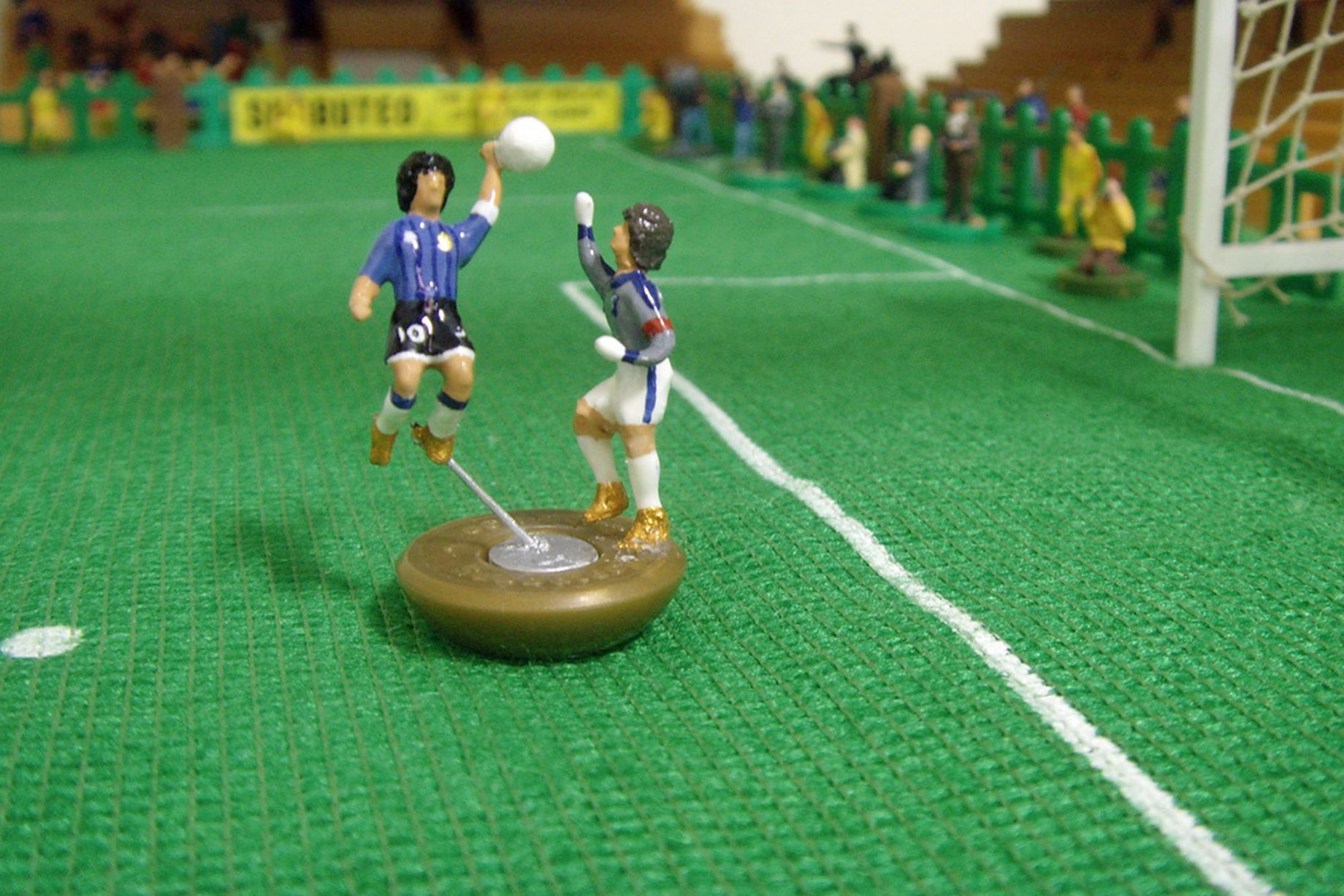We are well into FIFA 19 now and it’s safe to say that gameplay has very much divided opinion. With a growing emphasis on wide play, crisp passing and players with immense stamina, it can often be confusing to find the perfect formation.
With that in mind, here are five setups that you could use in the latest instalment of FIFA.
5. 3-5-2

This formation has often been used as a high-pressure tactic and that is indeed the case once again with FIFA 19.
There have often been criticisms of this system for being too open at the back – and there is obviously a case to affirm that – but if played right, this system can really cause problems to an opposition trying to play the ball out from the back.
Having wingers with both high attacking and defensive work-rate is crucial here, otherwise the flanks will be left far too exposed, especially if the two main central midfielders are set to ‘cover centre’. Having a solid back three with two midfielders shielding them gives your attacking midfielder more scope to roam and find little pockets of space.
If being too exposed is your main issue, having one of your strikers dropping back can be a good way to combat this. That way, you aren’t leaving yourself too top-heavy at the top end of the pitch.
There may be a few pre-conceptions about playing three at the back, but if you can find the tactics to suit your preferred gameplay, it is very effective indeed.
4. 4-2-3-1 Wide

This is a formation you see quite frequently in this year’s FIFA, and it is arguably the most balanced system on the game. Depending how you like to press, this system can work in different ways.
If building attacks down the flanks is your thing, having your full-backs set to ‘balanced’ and ‘overlap’ will allow them to get up and down the pitch, although you would likely need to have players with a high defensive work rate. With your wide men pushing up the pitch, setting your two holding midfielders to ‘stay back while attacking’ can be a good way of maintaining your defensive solidarity.
The wide 4-2-3-1 can be a good system in terms of getting players forward quickly. Having speedy wingers who can get in behind could be invaluable and would certainly be a significant source of goals, especially if the sole number nine has good shooting stats from close range.
3. 4-1-2-1-2 Narrow

This formation is used a lot on the pro circuits, although it maybe isn’t utilised as much as it was in the previous edition of the game.
The narrow system requires players to pass quickly and retain possession under pressure in the middle of the park. The defensive midfielder in the base of the diamond – your N’Golo Kante-type player – should have the sole job of cutting the passing lanes and sitting in front of the defence, allowing his fellow midfielders to roam further forward and create scoring opportunities.
What this formation lacks in width, it more than makes up for with its devastating, intricate passing. With so many players packing the midfield, chances can certainly be created, and with two strikers up front, there will likely always be someone to finish them off.
2. 4-3-3 Holding

If you like to think of yourself as a Pep Guardiola kind of manager, using this formation in online gameplay could prove to be very effective!
This system relies on a strong centre-back partnership, and if your defensive work is up to scratch, this system can be modified to play as either a back four or three.
The most obvious way to use this is to have your holding midfielder playing as the midfield anchor; this way, the other two central players have licence to get up the pitch and support the front three, who should all be naturally pushed higher up the pitch. Alternatively, the holding midfielder can be used as an all-out defensive body, allowing the full-backs to push higher up and the wingers to tuck inside, create a variation of the 3-4-3.
This is indeed a risky tactic to use but having two pacey centre-halves can cut out danger at source, while the defensive midfielder can act as a combative third centre-half, albeit slightly higher up the pitch.
With this system, the two wingers can use their narrow mindset to support the lone striker, while also blocking the passing lanes, should your opponent play out from the back. It is most certainly a gung-ho system, but if used properly you can cause all manner of problems.
1. 4-2-2-2

This system is an extremely popular one in this year’s game, and with its ability to have two strikers and a four-man midfield while retaining a degree of width to attack forays, it’s clear to see why.
This system is where tricky attacking midfielders really come into their own. If given the freedom to roam in the final third, the likes of Henrikh Mkhitaryan, Mesut Ozil and Christian Eriksen are sure to unlock defences with their pinpoint passing.
Also, you can tailor the deeper-lying midfielders to suit your needs, whether that be having them come forward and making your full-backs stay back, or letting one or both drop deep in a bid to free the full-backs further up the pitch.
This formation is also especially good if you have two strikers with differing traits and abilities – think Peter Crouch and Jermaine Defoe, circa 2007! Having a pacey forward getting in behind can cause a whole heap of trouble, while a more physical presence can help your side win the ball high up the pitch from goal-kicks.
With such a multitude of options in the final third with this formation, this could be one of the most well-rounded systems on the game.














